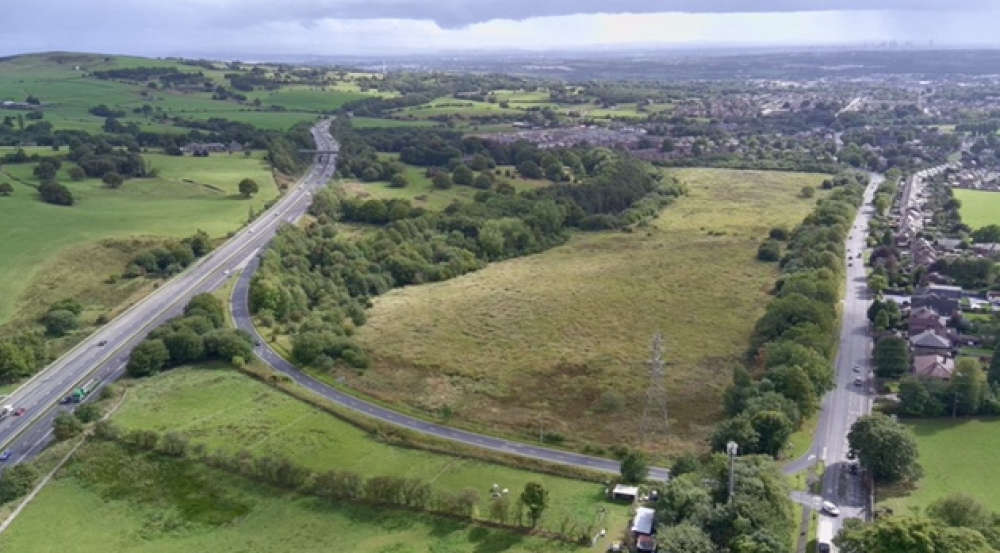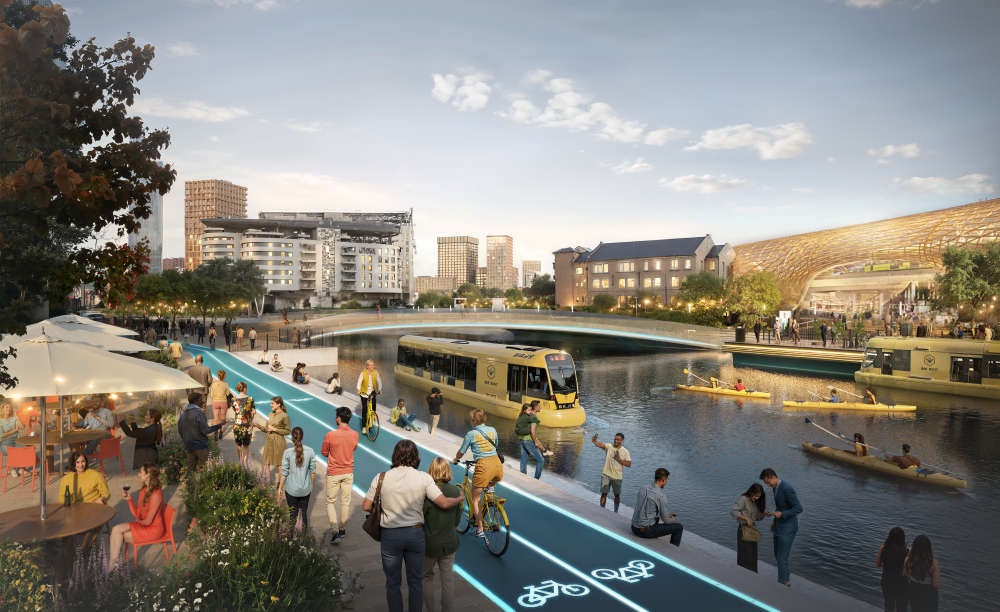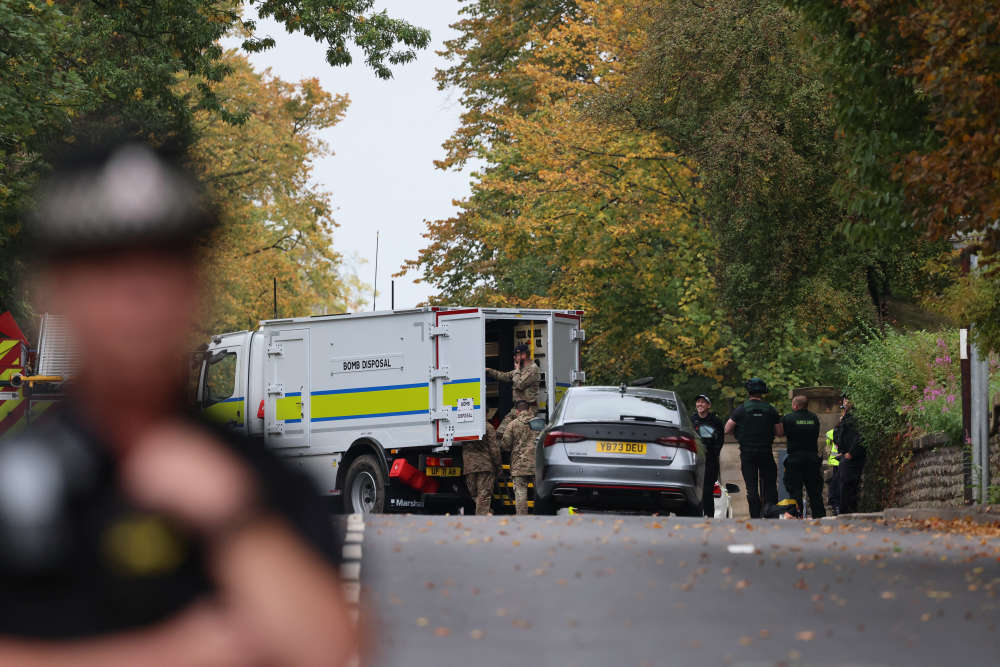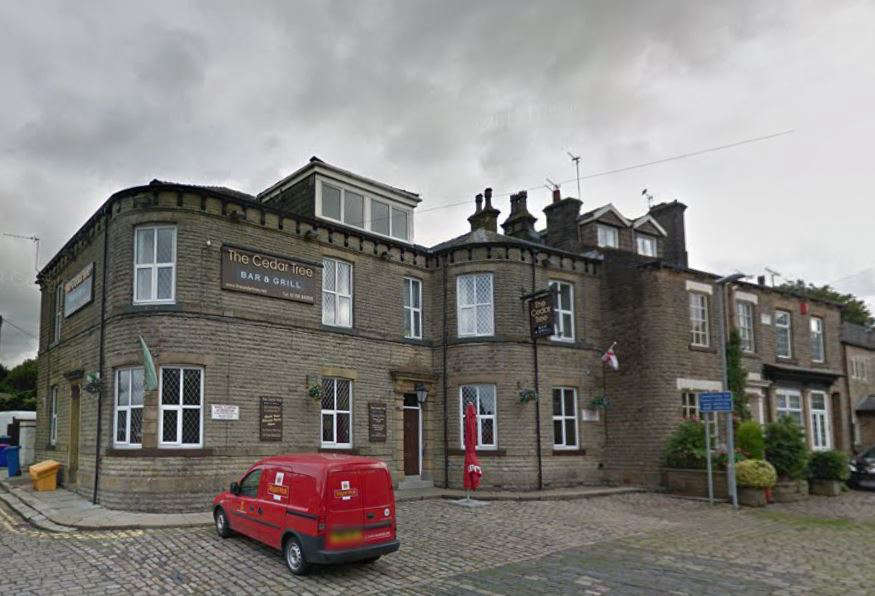
A legal challenge claiming the loss of green belt land in a regional masterplan is not necessary for growth is to be heard this week.
The claim is being brought by campaign group Save Greater Manchester’s Green Belt (SGMGB) against the housing secretary and local authorities
across Greater Manchester, and opposes the adoption of the Places for Everyone (PfE) plan.
SGMGB says that the net loss of green belt land as a result of the PfE plan is not necessary to grow the region, and that Greater Manchester Combined Authority (GMCA) should be prioritising brownfield land for development instead.
The PfE plan, originally called the Greater Manchester Spatial Framework, puts forward long-term plans for the development of housing and industry in
nine of the Greater Manchester boroughs, excluding Stockport, who withdrew in 2020.
The plan sets out what land within the nine boroughs should be earmarked for development until 2039, and identifies which areas will be developed for housing, offices, industry and warehouses.
The plan includes the release of almost 2,500 hectares (roughly 1,700 football pitches) of what SGMGB describe as environmentally and ecologically rich
land from the green belt, and initially proposed the addition of 675 hectares of land to the green belt at 49 sites to partially offset this loss.
However, in March 2023 during the examination period for the PfE plan, the land for green belt additions was reduced to 17 sites.
The reduction was justified by what the GMCA suggested was a new legal test, which it said changed the criteria for what sites can be used as green belt space.
GMCA’s announcement was made without warning at a hearing session in March 2023 which had initially been scheduled to consider all 49 proposed
green belt additions.
As a result, campaigners, including SGMGB claim they had no chance to seek legal advice to oppose the change.
In March 2024, the PfE plan was approved by councils in the region.
Two green belt sites were added back into the plans to take the total number of additional sites to 19, but still 30 fewer than the 49 initially proposed, increasing the net loss of green belt land by more than 500 hectares.
Following the approval of the plan, SGMGB launched its legal claim opposing the decision – which is now set to be heard at a two-day hearing at the high court in London, starting on Wednesday, October 8.
SGMGB says that the PfE plan should use a ‘brownfield first’ policy when allocating land for development.
Zoe Sherlock, chair of SGMGB, said: “During the examination the GMCA introduced significant policy changes that materially weakened the plan.
“Most of those amendments were introduced with very little notice to participants, but the huge change to green belt additions was actually presented on the morning of the hearing, effectively as a fait accompli.
“Unlike councils and developers, communities did not have legal representation at the examination, so this tactic was extremely prejudicial.
“Over 27,000 residents objected to the release of green belt, and these additions were a key element of the compensatory measures.
“We remain baffled as to why this change was proposed at such a late stage.
“Communities deserve better from the planning system.”
Leigh Day partner Ricardo Gama, who represents SGMGB, said: “Our clients are looking forward to arguing before the high court that the GMCA put forward the wrong legal test for whether land could be added to the green belt.”
GMCA have confirmed they and the nine local authorities are due to defend the claim at this week’s hearing.


 The big ‘Bee Network Boats’ proposal Andy Burnham’s team ‘would support’
The big ‘Bee Network Boats’ proposal Andy Burnham’s team ‘would support’
 Heavy delays near Prestwich and Simister Island after M60 breakdown blocks lanes
Heavy delays near Prestwich and Simister Island after M60 breakdown blocks lanes
 Man charged with terrorism offences following synagogue-related arrest at Manchester Airport
Man charged with terrorism offences following synagogue-related arrest at Manchester Airport
 Bolton Cancer Voices to host festive concert at Bolton Parish Church
Bolton Cancer Voices to host festive concert at Bolton Parish Church
 Rochdale Trading Standards win national award after £16 million fake goods seizure
Rochdale Trading Standards win national award after £16 million fake goods seizure
 Police appeal after man in his 20s stabbed in Rochdale
Police appeal after man in his 20s stabbed in Rochdale
 Rochdale MP hails record road funding to tackle potholes and improve journeys
Rochdale MP hails record road funding to tackle potholes and improve journeys
 Tributes paid to former Rochdale academy player Ellis Robinson following his death aged 22
Tributes paid to former Rochdale academy player Ellis Robinson following his death aged 22
 Two arrested after high-speed chase following Oldham burglary
Two arrested after high-speed chase following Oldham burglary
 Wildlife Trust launches £1 Christmas appeal to restore local habitats
Wildlife Trust launches £1 Christmas appeal to restore local habitats
 Critical Wanted Unit wins GMP’s top award after tracking most dangerous criminals in Greater Manchester
Critical Wanted Unit wins GMP’s top award after tracking most dangerous criminals in Greater Manchester
 Village pub to be transformed into flats
Village pub to be transformed into flats



